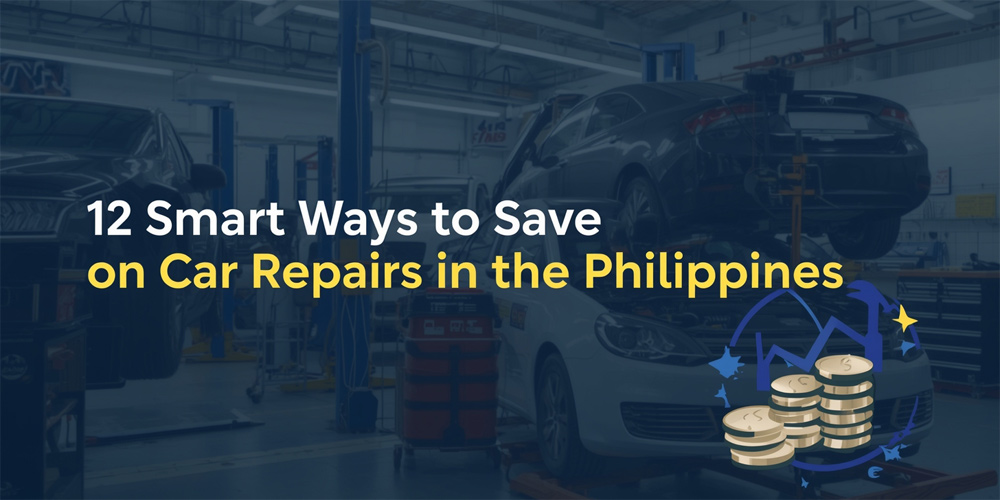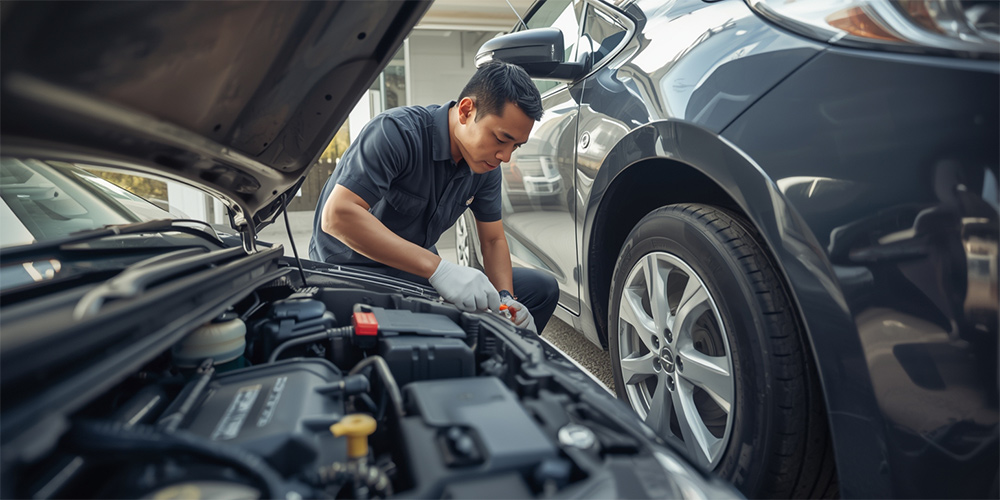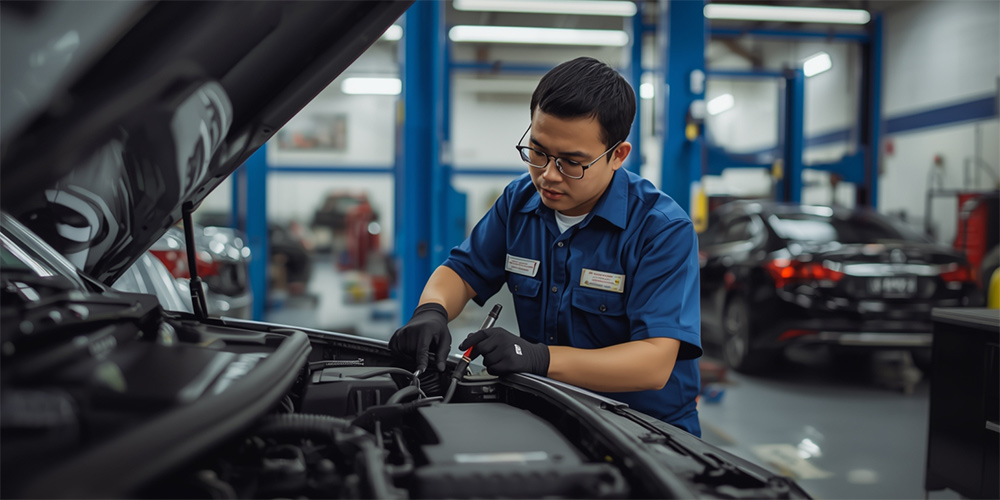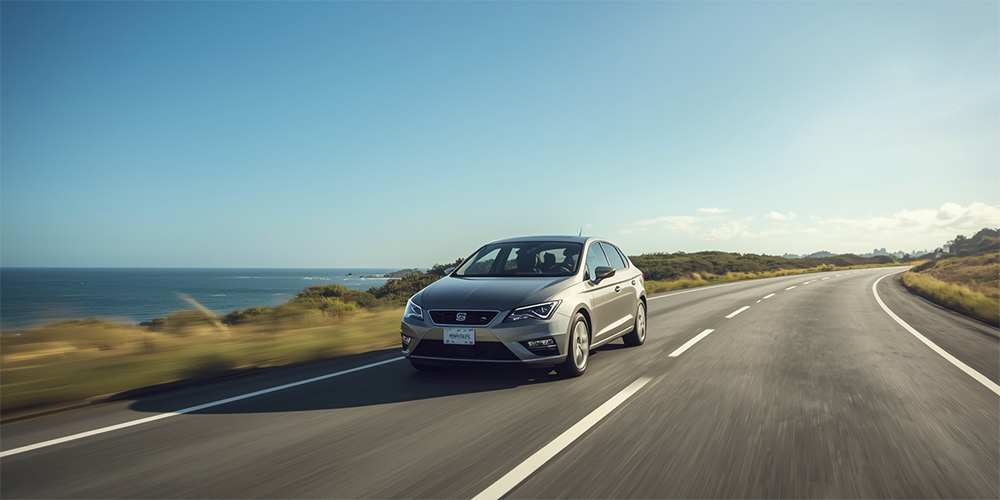
Car ownership in the Philippines can be expensive, from rising fuel prices to annual registration fees and inevitable repair bills. But while you can’t avoid wear and tear, you can avoid unnecessary costs. According to a 2024 study by the Philippine Institute for Development Studies, Filipino drivers who practice preventive maintenance spend up to 35% less on repairs over the vehicle’s lifetime. This guide shares 12 practical, locally relevant tips to help you keep your car running smoothly and your repair bills manageable — without compromising safety or quality.
Preventive maintenance service (PMS) isn’t just a dealer upsell — it’s your first line of defense against costly repairs. Learn the basics: oil changes, fluid checks, tire pressure, and battery maintenance can be done at home with minimal tools. Follow your owner’s manual, not the shop’s upsell list.
Key Takeaway: Spending ₱1,500–₱2,000 on oil changes now can save you from a ₱60,000 engine overhaul later. If you’re comfortable doing some maintenance yourself, check out our guide on The Pros and Cons of DIY Car Repairs to learn which tasks you can safely handle at home and which are best left to professionals.

Dealership service centers (“casa”) offer OEM-trained technicians but often at double the labor cost of trusted independent mechanics. Use casa for warranty claims, complex diagnostics, and new vehicles. Go to independents for out-of-warranty cars, basic repairs, and aftermarket upgrades.
Many Filipino drivers save thousands by buying parts directly from reputable auto supply stores or online marketplaces from verified sellers. Check Banawe (QC), Evangelista (Makati), or Cebu’s Mandaue area for competitive prices. Always confirm part numbers before purchasing.
A simple OBD-II scanner (₱700–₱1,500) can tell you what’s wrong before stepping into a shop, helping prevent unnecessary “exploratory” charges.
Some mechanics may suggest replacing parts prematurely. For example, brake pads can often be resurfaced rather than replaced if wear is minimal. Always ask for the old part back — it discourages dishonest practices.
To better understand common vehicle issues and practical solutions, read our article on Common Car Problems and How to Fix Them for insights on what you can safely address yourself and when it’s time to visit a mechanic.
During the monsoon season, repair shops get busy with flood-related jobs, which can raise prices. If possible, schedule preventive repairs before peak demand months.
Consistent patronage builds trust, often leading to priority service, discounts on labor, and honest advice on which repairs are urgent.

Facebook groups for specific makes and models (e.g., Toyota Vios Club PH, Honda Civic Club) often share trusted mechanic recommendations, group discounts, and DIY tips.
Apps like “Simply Auto” or “Drivvo” track mileage, expenses, and service schedules — helping you avoid costly missed maintenance.
Dirt buildup can cause corrosion, clogged filters, and premature wear. Regular washing and underchassis cleaning (especially after driving in floodwater) can prevent expensive rust repairs.
Aggressive driving habits — hard braking, rapid acceleration — wear down parts faster. Smoother driving extends the lifespan of brakes, suspension, and tires.
Small issues — like a leaking gasket or squeaky belt — can snowball into major repairs if ignored. Address them promptly.

Saving money on car repairs in the Philippines is less about cutting corners and more about being proactive, informed, and resourceful. By combining preventive maintenance, smart sourcing, and trusted partnerships, you can significantly lower repair costs while keeping your car in top condition for years.
It’s also important to stay alert to early warning signs that could indicate major trouble. Read our detailed guide on Signs Your Car Needs Immediate Servicing to learn what symptoms should never be ignored.
1. How often should I change my oil in the Philippines?
Every 5,000–7,000 km, depending on your car’s manual and driving conditions.
2. Is it safe to buy second-hand car parts?
Yes, for certain items like body panels or rims, but avoid used safety-critical parts like brake components.
3. How do I know if a mechanic is overcharging me?
Get at least two quotes and compare labor rates and parts prices.
Since 2012, KG Car PH has been the go-to for affordable car parts in the Philippines. We make it easy to find the right fit and offer same-day delivery nationwide—so you get quality parts fast, without spending more.
SOCIAL MEDIA
TOP CATEGORIES
QUICK LINKS
© 2025 KGCAR.PH